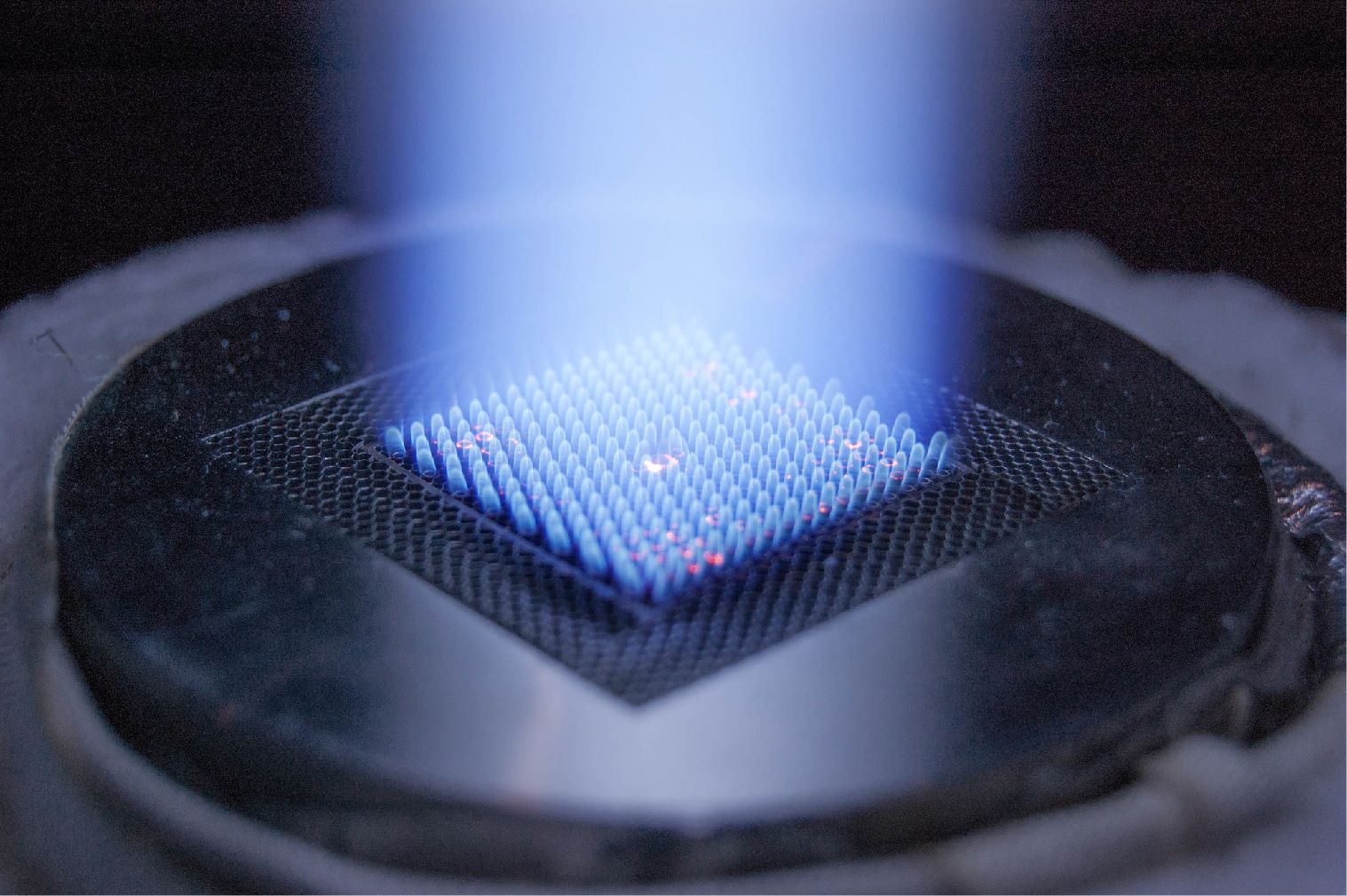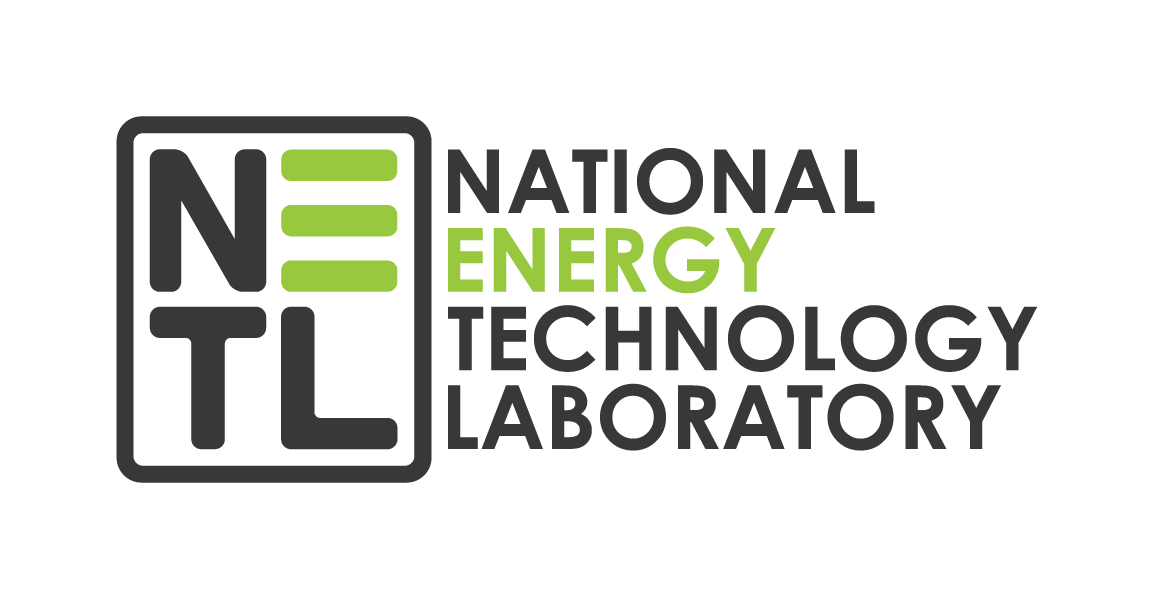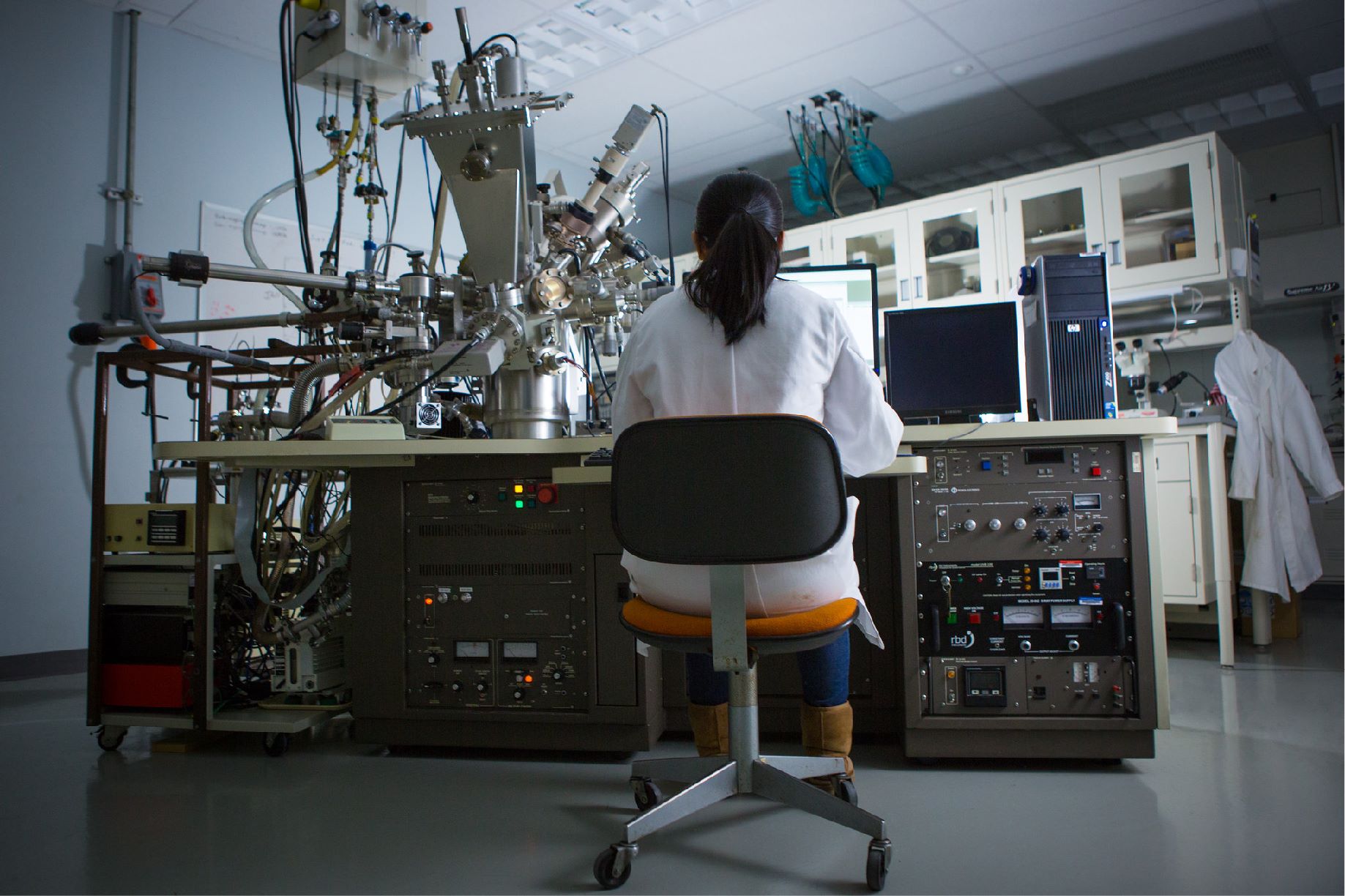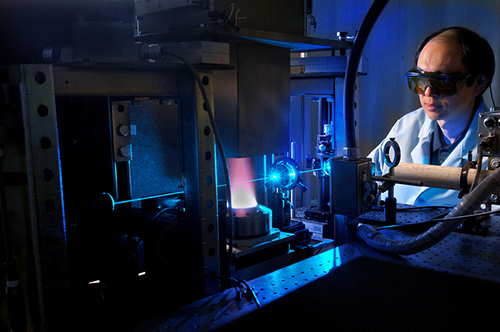About
News and Events
Research and Programs
Featured Initiatives Advanced Alloys Signature Center (AASC) Center for Fuels and Chemicals (CFC) Center for Microwave Chemistry (CMC) Coal for High-Value Products Critical Minerals and Materials Natural Gas Science-based Artificial Intelligence and Machine Learning Institute (SAMI) Subsurface Science Turbine System Optimization
Major Fossil Energy Programs Carbon Management Resource Sustainability
Core Competencies Computational Science and Engineering Energy Conversion Engineering Geological and Environmental Systems Materials Engineering and Manufacturing Strategic Systems Analysis and Engineering Program Execution and Integration
Core Competencies Computational Science and Engineering Energy Conversion Engineering Geological and Environmental Systems Materials Engineering and Manufacturing Strategic Systems Analysis and Engineering Program Execution and Integration
Energy Technology Development Office of Energy Efficiency and Renewable Energy Battery Workforce Initiative Cybersecurity, Energy Security, and Emergency Response Office of Electricity
University Training & Research Historically Black Colleges and Universities and Minority Serving Institutions Program University Carbon Research Program
University Training & Research Historically Black Colleges and Universities and Minority Serving Institutions Program University Carbon Research Program
Business
Library
Explore our Library

Approved Categorical Exclusions Environmental Assessments Environmental Impact Statements Oil and Gas Projects Summaries NETL Fact Sheets NETL Newsletters Publication Search Energy Data Exchange (EDX) FECM External R&D Final Technical Reports Project Landing Page Summary Information for External R&D Awards NETL R&D Publication Search Peer Review Reports
- Research and Programs
- Featured Initiatives
- Core Competencies
- Core Competencies
- Energy Technology Development
- University Training & Research
-
- Business
- Technology Transfer
-
- Library
- Energy Analysis
-
- About
- News and Events
- Education



 Advanced combustion power generation combusts fossil fuels in a high-oxygen (O2) concentration environment rather than air. This eliminates most, if not all, of the nitrogen (N2) found in air from the combustion process, resulting in flue gas composed of CO2, water (H2O), contaminants from the fuel (including coal ash), and other gases that infiltrated the combustion system. The high concentration of CO2 (≈70 percent) and absence of nitrogen simplify separation of CO2 from the flue gas for storage or beneficial use. Thus, oxygen-fired combustion is an alternative approach to post-combustion capture for carbon capture and storage (CCS) for coal-fired systems. However, the appeal of oxygen-fired combustion is tempered by several challenges, namely capital cost, energy consumption, operational challenges of supplying O2 to the combustion system, air infiltration that dilutes the flue gas with N2, and excess O2 that must be removed from the concentrated CO2 stream. These factors mean oxygen-fired combustion systems are not affordable at their current level
Advanced combustion power generation combusts fossil fuels in a high-oxygen (O2) concentration environment rather than air. This eliminates most, if not all, of the nitrogen (N2) found in air from the combustion process, resulting in flue gas composed of CO2, water (H2O), contaminants from the fuel (including coal ash), and other gases that infiltrated the combustion system. The high concentration of CO2 (≈70 percent) and absence of nitrogen simplify separation of CO2 from the flue gas for storage or beneficial use. Thus, oxygen-fired combustion is an alternative approach to post-combustion capture for carbon capture and storage (CCS) for coal-fired systems. However, the appeal of oxygen-fired combustion is tempered by several challenges, namely capital cost, energy consumption, operational challenges of supplying O2 to the combustion system, air infiltration that dilutes the flue gas with N2, and excess O2 that must be removed from the concentrated CO2 stream. These factors mean oxygen-fired combustion systems are not affordable at their current level